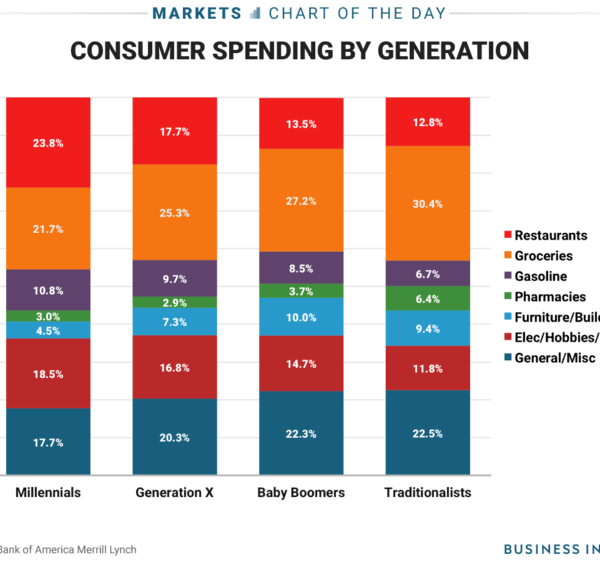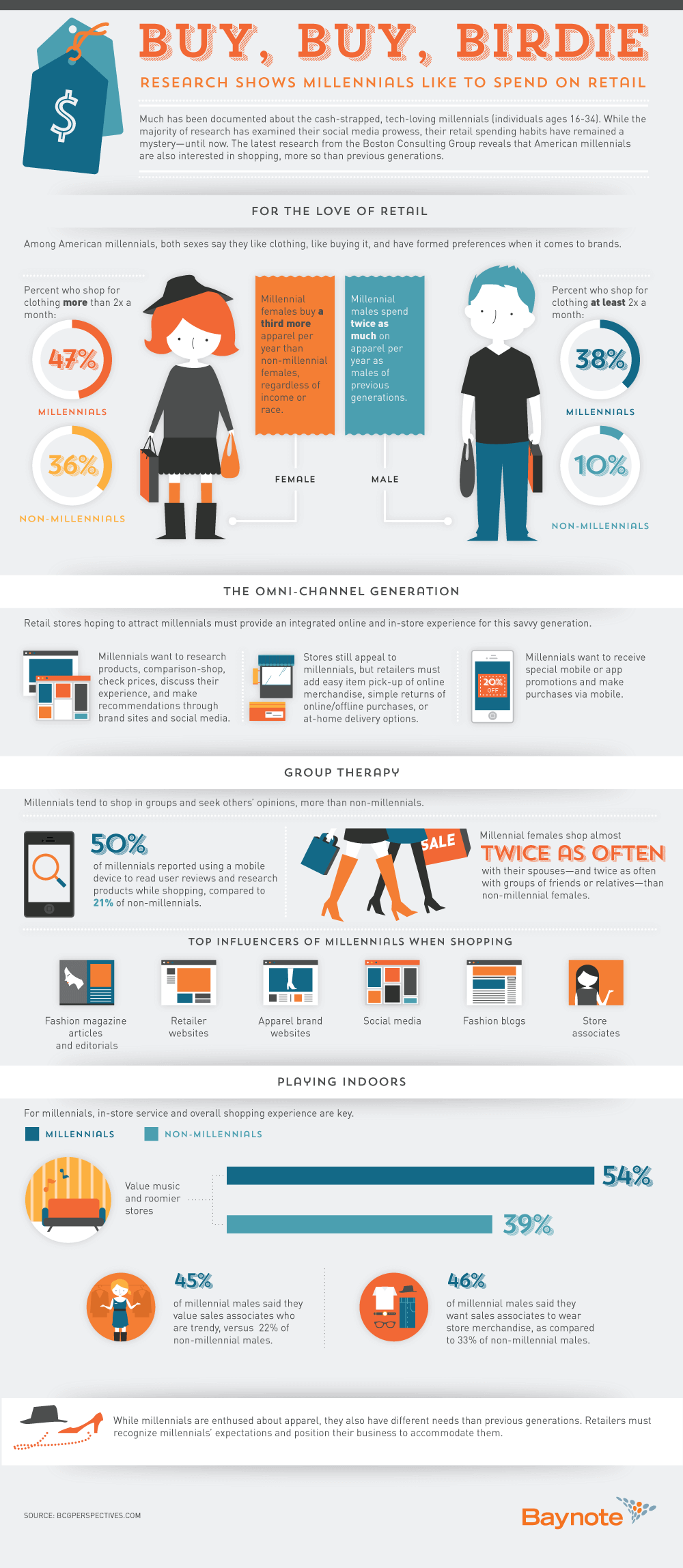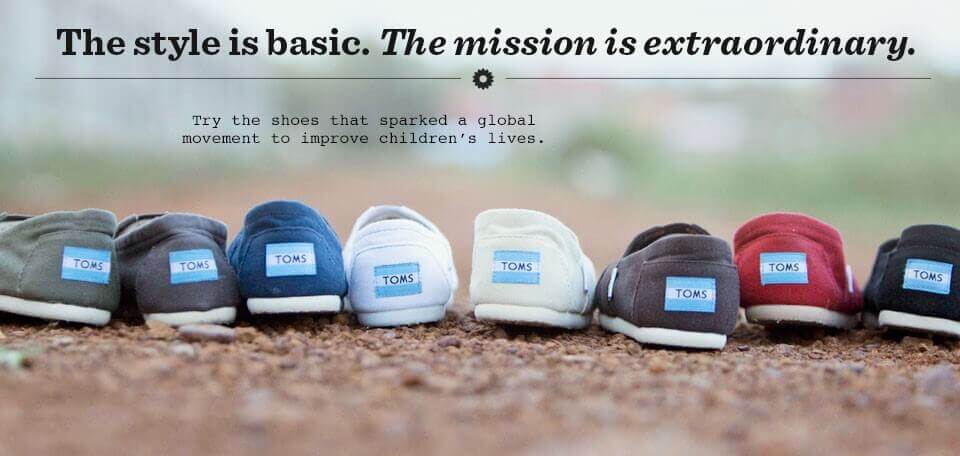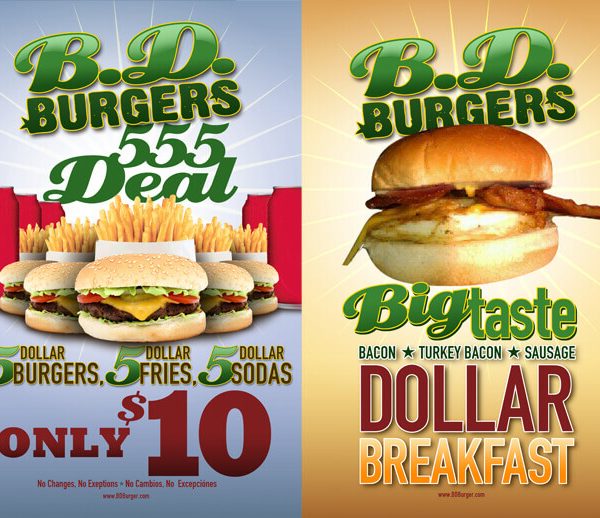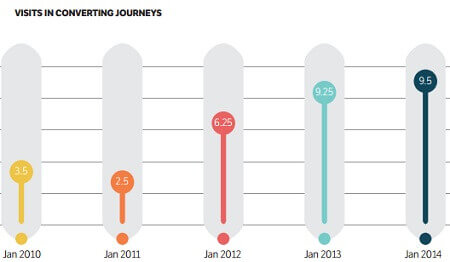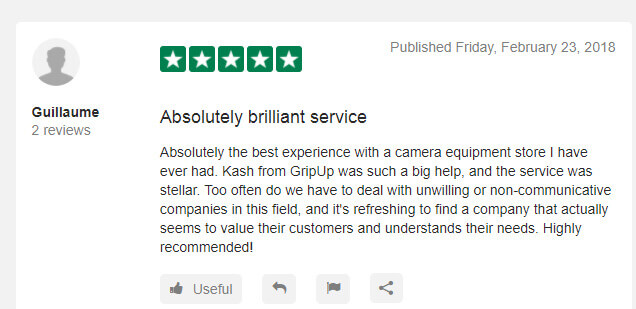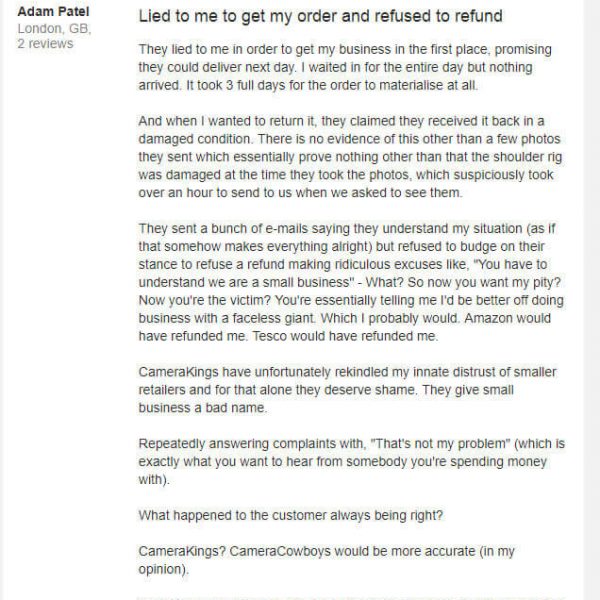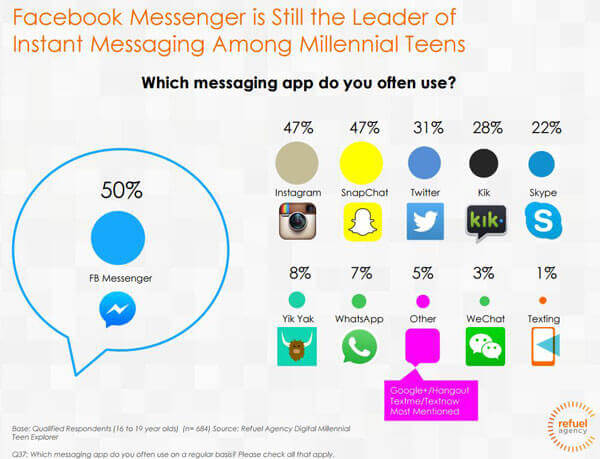So you want to sell to millennials ?
You are a seasoned online entrepreneur or maybe you are just getting started but you really want to sell to the millennial demographic – and why wouldn’t you? Millennials, also known as the Y generation are defined as people born roughly from 1980-2000, have a collective yearly spending budget of $600 billion!
But in order to sell to them, it is crucial that you understand them and know who they are. The following is a comprehensive guide of how to best approach, market and ultimately sell your products and services to millennials.
Who are Millennials (a.k.a Generation Y)?
“Millennials are the generational demographic cohort following Generation X and are sometimes referred to as “echo boomers” due to a major surge in birth rates in the 1980s and 1990s and are often the children of the baby boomers.
Their defining characteristics include an increased use and familiarity with:
- Communications
- Media
- Digital technologies
Their upbringing was typically marked by an increase in a liberal approach to politics and economics as well as ‘The Great Recession’ marked by high levels of unemployment among young people”.
Adapted from Wikipedia
Generation Y vs. Z
Another worthy demographic to familiarize yourself with though I won’t be going into detail about them in this post is Generation Z.
Generation Z or Gen Z is the generation which directly follows Millennials. There are no precise dates for when this cohort starts or ends but demographers and researchers typically use the early-1990s to mid-2000s as starting birth years.
Most of Generation Z have used the Internet since a young age, and they are generally comfortable with technology and with interacting on social media.
Adapted from Wikipedia
This group consists of teens, college students and twenty-somethings – some think that they are inconsequential but in actuality they comprise about 25% of the population in the U.S. which is even larger than the Baby Boomer demographic and account for $143 billion in market spending. And forecasts predict that they will comprise 40% of all consumers in the coming years.
What do millennials spend their money on ?
This data which was collected over the course of 12 months and indicates that millennials are spending more of their dollars on:
- Electronics
- Clothing
- Restaurants
- Personal hobbies.
Older generations are not surprisingly outspending millennials at pharmacies due to declining health and in the furniture and building materials category as a large part of millennials are not homeowners.
This type of data is great when trying to decide what to sell to millennials as once you know what they are interested in spending money on, you can try to gear your efforts in this direction.
Some interesting insights from this infographic include:
- A dramatic increase in fashion and apparel spending among both male and female millennials
- Millenials are omnichannel creatures meaning they enjoy having a physical presence both in stores and online and appreciate mobile promotions, coupons and buying opportunities
- They are very review and peer oriented when making a purchase decision
- Have a deep appreciation for good design and aesthetics
Where Millennials shop percentage wise:
- A whopping 53% of millennials make purchases online in comparison with 28% of Gen xers and 10% of Baby Boomers.
- 28% of millennials use a tablet to make online purchases
- 31% of millennials are likely to use a smartphone when making an internet based purchase
What's their game ? - 10 tips on marketing to millennials
Tip # 1: Never try to sell them anything!
Now you must really think I’m nuts since the title clearly states how to sell to millennials and my first tip is to not sell them anything. The truth is that this generation is hypersensitive to direct advertising. A nice smile and a ‘buy now’ banner on your website or ecommerce platform is not going to do it. Millenials want a story so they can connect with your brand on a personal level or added value so that they feel you are teaching them something and ultimately they want to make a perceived independent purchase decision. They also want to feel like buying your product will help or change the world – take for example TOMS shoes who donate a pair to a needy person in the third world everytime you make a purchase. Their add is:
- Concise
- Image heavy
- Meaningful
All three things which millennials are seeking. Have a look:
The polar opposite of this would be a burger add which is super aggressive in terms of:
- Its call to purchase
- Product placement
- Wording
This is much less likely to attract a millennial audience:
Now these are two extremes but I think that it illustrates my point nicely.
Tip #2 : Be Multichannel
Most people say that it is very hard to catch millennials attention and even if you manage the one time it’s hard turning them into a repeat customer. That is because the millennial is a multichannel creature – meaning sometimes they shop on eBay and sometimes on Shopify, often on their phone, sometimes on their desktop and occasionally in physical stores. In order to tap into this market you need to be a convenient option wherever your shoppers are so if you are only on eBay then get on Amazon and Alibaba too and if you are only on desktop then make sure all your platforms are mobile optimized.
“Savvy shoppers make 9 visits to a retailer’s site before deciding to buy”
According to a study by Rakuten Marketing
Another factor to take into account is research which indicates that a company or a product needs to create 9 interactions which a potential customer before they are willing to make a positive purchase decision. Of course there are always exceptions to the rule but generally speaking this is the median number of times you want your target market to come in contact with your brand in order to permeate the conscious of the consumer and create product awareness and confidence.
Tip: Don’t forget to synchronize inventory across multiple channels and consider using a cloud based inventory management solution such as StichLabs, Tradgecko or Zoho
Tip #3: Keep up your reputation
Millenials read and buy based on peer and friend based reviews. Having and maintaining good reviews are the lifeblood of any company or individual trying to sell to millennials. This is doubly true when selling on a platform such as eBay since they penalize and even kick off sellers who have low reviews. But even if you were still allowed to sell, bad reviews is as good as dead retail wise when it comes to this generation. So offer good products at reasonable prices and offer great customer service from warehouse to customer and hopefully, your customers will reward you with positive reviews and spreading the word about your product or service.
Here is an example of a positive review given to a camera gear retailer called GripUp on the largest reviews website called TRUSTPILOT:
Here is an example of a negative review of the same company, on the same platform:
Now this is a very negative review which can potentially do a lot of damage to a company. In this specific case 99% of the feedback I saw was positive especially at the beginning so it is likely most people will ignore this review. Generally speaking businesses should do their utmost to avoid these types of situations but many times one or two negative reviews are unavoidable.
Tip #4: Be where your customers are
Now I know this may sound repetitive as I already mentioned the importance of being multichannel but this is something else entirely. Beyond being multichannel, you need to reach your customers where they are ‘hanging out’ virtually and according to the below infographic as well as other sources, Facebook leads the market, followed by Instagram and Snapchat.
You can and should use social media to sell more on eBay and on any other ecommerce platform for that matter. It is a proven fact that social media advertising works, especially but not limited to when it is native, peer based and/ or interactive.
Tip #5: Be concise and informative
Millenials are known to respond well to short texts and pay special attention to titles and images. They want to know what your product is about and how it can benefit them but they don’t need you to sell them as they will always fact check you and compare prices and stats. Consider the following ad by AirBNB:
The ad is:
- Short and to the point
- Image heavy (in a good way) and colorful
- Plays on emotions of belonging and traveling
So basically it hits all the right spots especially since millennials are very experience oriented meaning they spend more on:
- Travel
- Eating out
- Concerts
And respond well to adds or products which evoke emotions such as belonging or laughter.
For laughter this ad was popular with the millennial demographic:
Tip #6: Act like a boss!
People in general and millennials, in particular, respond well to people or companies who represent themselves as experts in the field and/ or who offer advice. This actually makes a lot of sense. Wouldn’t you want to buy shoes or clothing or even makeup from someone who is an expert in the field? Why settle for unknowledgeable when you can have the best?! Additionally, millennials love brands or companies who offer free advice – set up a blog or service which helps people coordinate their outfits – who do you think they will buy their next pair of jeans from? Exactly!
Tip #7: Quick customer support
Millennials expect to get customer support quickly, they will not want to wait around 24-48 hours. You want to keep your response times to anywhere from a few minutes to an hour. Also, consider the variety of customer support options. You should be offering customer support by:
- Phone
- Facebook messenger
You obviously don’t need to offer all these options but many companies today offer their customers at least on instant messaging customer support option.
Tip #8: Use their fears to your advantage
The two things that define millennials is being careful with their money and a deep fear of missing out on something, otherwise known in popular culture as FOMO (fear of missing out). You can use these two points to your advantage by:
- creating buzz around your product
- creating events
- Competitions
- Happenings
- online sales
- e/m coupons
- Seasonal or member discounts
Knowing what drives a demographic is key to tapping it.
Tip # 9: Listen to your customers
Millenials love to be heard and they know what they want and like. Try listening to what they want and how they want it. Do they prefer a package or a kit or buying an individual item? One great example is a sushi chain called Wasabi in Europe who listened to consumer demand for individually wrapped pieces of sushi. Another example is a makeup brand who used real customers in order to display their makeup to the public or companies who now have a full time customer service whatsapp team. All of these changes were customer driven so really do consider listening to your customer’s input and you may be pleasantly surprised by the response.
Tip # 10: Make space for transparency
Transparency is an important value for millennials. They don’t want to be lied to or coddled and have a very sharp BS detector. They appreciate knowing exactly what ingredients are in a product and who and where it was manufactured. Many of them are very socially aware and do not want to buy items which are the product of slave or sweatshop labor. Many millennials appreciate:
- locally produced and manufactured products
- organic food
- responsible business practices
- environmental friendliness
If your product possesses any of these characteristics, try to play them up and use them as an additional selling point.
Summing it up
Millennials only seem like an elusive demographic but in actuality, they happen to be cash rich, heavy spenders who:
- Don’t want to be sold on an item but intelligently wooed and presented with all facts
- Want to see their favorite brands and products on multiple channels and platforms
- Want to buy products and service which have a good reputation and positive ratings
- Buy from companies with a positive and extensive social media presence
- Like to get their information and advertisements short and to the point, preferably complete with an image
- Respect companies, people , and products who know their shit and aren’t afraid to show it
- Expect to receive quick and efficient customer support
- Want a good deal (just because a lot of them have the cash doesn’t mean they want to spend it all) and are intrigued by buzz and events which make a product more desirable
- Want to be heard and will often reward companies who listen
- Appreciate transparent businesses who use locally sourced products and have fair and honest business practices
Follow these tips and you will be well on your way to tapping a demographic which is only growing as we speak and is entering its peak consumerism years (typically from age 25-45). Learning and evolving with this demographic is essential for the growth of any and all ecommerce businesses today.
All comments and discussion below are welcome.




